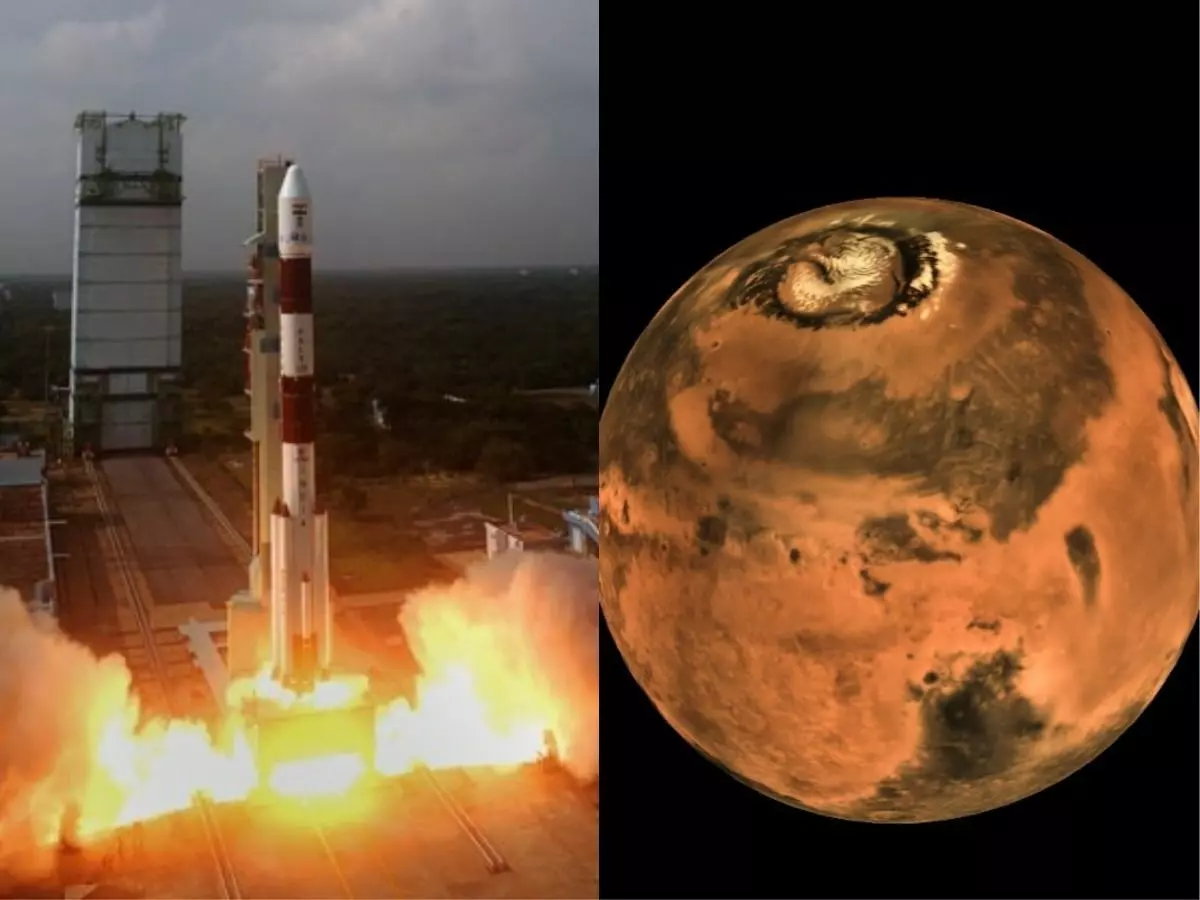Six Years Later, Here's Why ISRO's Mangalyaan Mission Is Still Making India Proud
Six years ago today, the Indian Space Research Organisation took a massive chance and made a huge leap. They launched the Mars Orbiter Mission, or ¡®Mangalyaan¡¯, a space probe designed to gather intel on the Planet. And years later, it¡¯s still going.

Six years ago today, the Indian Space Research Organisation took a massive chance and made a huge leap. They launched the Mars Orbiter Mission, or 'Mangalyaan', a space probe designed to gather information on the Red Planet. And years later, we're still reaping rewards.

Images courtesy: ISRO
1. It put India's space agency on the map
Mangalyaan was launched on November 5, 2013. It was a huge accomplishment at the time, being India's first-ever interplanetary mission. We were the first Asian nation to reach Mars, and the fourth space agency after Roscosmos, NASA, and the ESA.
2. It was the first time ISRO went so far out into space
Mangalyaan spent about a month in Earth orbit, making minute adjustments to its loop before shooting off towards Mars on November 30. Finally, after 298 days in transit, it was out into orbit on September 24, 2014. In the process, it travelled over 660 million km to reach the planet.

3. Mangalyaan has far outlived expectations
The thing is, by all accounts Mangalyaan should have been done and dusted by now. The mission was meant to be largely a technology demonstration, though it would also gather some data about Mars. The entire mission was only expected to last six months once in orbit around the red planet. However, six years later, the probe is still sending back crucial data to us.
One of the reasons this worked is because ISRO designed the Mars Orbiter to be fully autonomous. When in sub-optimal position (based on ISRO directives) it goes into hibernation mode to conserve power, only waking up to capture images and send them back to Earth.

4. Its data gathering has been crucial
In the time it's been active, Mangalyaan has sent back terabytes worth of data and images to ISRO. It's been the only satellite that's been able to capture the planet's whole disc in a single frame, as well as the far side of its moon Deimos. All of this let ISRO build a Martian Atlas for future research. Additionally, data gathered from it has been used to publish dozens of peer-reviewed studies of the red planet.

5. It was built for laughably cheap
When tasked with building the Mars Orbiter, ISRO was given Rs 450 crore to work with. That may seem like a lot, until you compare it to even media projects. It cost over Rs 2,500 crore just to make Avengers: Endgame. It cost at most an estimated Rs 700 crore to make Red Dead Redemption 2.
And the best part is ISRO didn't even spend their whole budget. Instead, they built a satellite that could get to Mars, while also returning and unspent Rs 2.61 crore.
